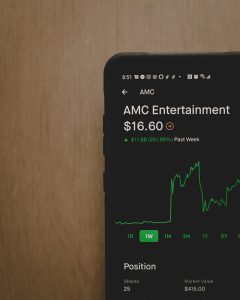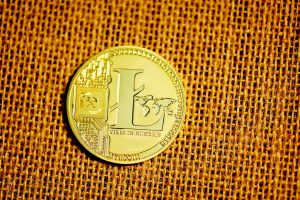Forex trading can be a daunting task for new traders, especially when it comes to technical analysis. One of the most popular methods of technical analysis used in forex trading is wave analysis. Wave analysis, also known as Elliott wave analysis, is a method of technical analysis that uses wave patterns to identify market trends and potential price movements. In this article, we will discuss how to use wave analysis in forex trading.
What is wave analysis?
Wave analysis is a method of technical analysis that is based on the theory that financial markets move in predictable patterns known as waves. These waves are formed by the interaction between the market’s bulls (buyers) and bears (sellers) and can be used to identify market trends and potential price movements.
The wave theory was developed by Ralph Nelson Elliott in the 1930s. According to Elliott, the market moves in a series of five waves in the direction of the main trend, followed by three corrective waves. These waves are labeled as 1, 2, 3, 4, 5, A, B, and C.
The first five waves are known as the impulse waves, and they move in the direction of the main trend. The corrective waves, A, B, and C, move against the main trend and are also known as the corrective waves.
How to use wave analysis in forex trading?
To use wave analysis in forex trading, you need to follow the following steps:
Step 1: Identify the main trend
The first step in wave analysis is to identify the main trend. You can use different methods to identify the main trend, such as moving averages, trend lines, or price action analysis.
Once you have identified the main trend, you can start counting the waves. The impulse waves move in the direction of the main trend, while the corrective waves move against the main trend.
Step 2: Count the waves
To count the waves, you need to look for the price movements that form the waves. The impulse waves are labeled as 1, 2, 3, 4, and 5, while the corrective waves are labeled as A, B, and C.
The first wave (wave 1) is the initial movement in the direction of the main trend. The second wave (wave 2) is a corrective wave that moves against the main trend. Wave 3 is the largest and most powerful wave in the impulse wave, and it moves in the direction of the main trend. Wave 4 is a corrective wave that moves against the main trend, and wave 5 is the final wave in the impulse wave.
After the impulse wave, there is a corrective wave labeled as A, B, and C. The corrective wave A moves against the main trend, while wave B moves in the direction of the main trend. Wave C is the final corrective wave, and it moves in the opposite direction of the main trend.
Step 3: Use Fibonacci retracements
After you have counted the waves, you can use Fibonacci retracements to identify potential levels of support and resistance. Fibonacci retracements are a popular tool used in technical analysis that uses horizontal lines to indicate areas of support or resistance at the key Fibonacci levels before the price continues in the original direction.
To use Fibonacci retracements, you need to identify the high and low points of the wave. Then, you can use the Fibonacci retracement tool to draw the retracement levels. The key levels to watch out for are the 38.2%, 50%, and 61.8% retracement levels.
Step 4: Use other technical indicators
Wave analysis is not the only tool you can use in forex trading. You can also use other technical indicators such as moving averages, trend lines, and support and resistance levels to confirm your analysis. These indicators can help you identify potential price movements and market trends.
Conclusion
Wave analysis is a popular method of technical analysis used in forex trading. It is based on the theory that financial markets move in predictable patterns known as waves. To use wave analysis in forex trading, you need to identify the main trend, count the waves, use Fibonacci retracements, and use other technical indicators to confirm your analysis. By following these steps, you can identify potential price movements and market trends, and make informed trading decisions.






